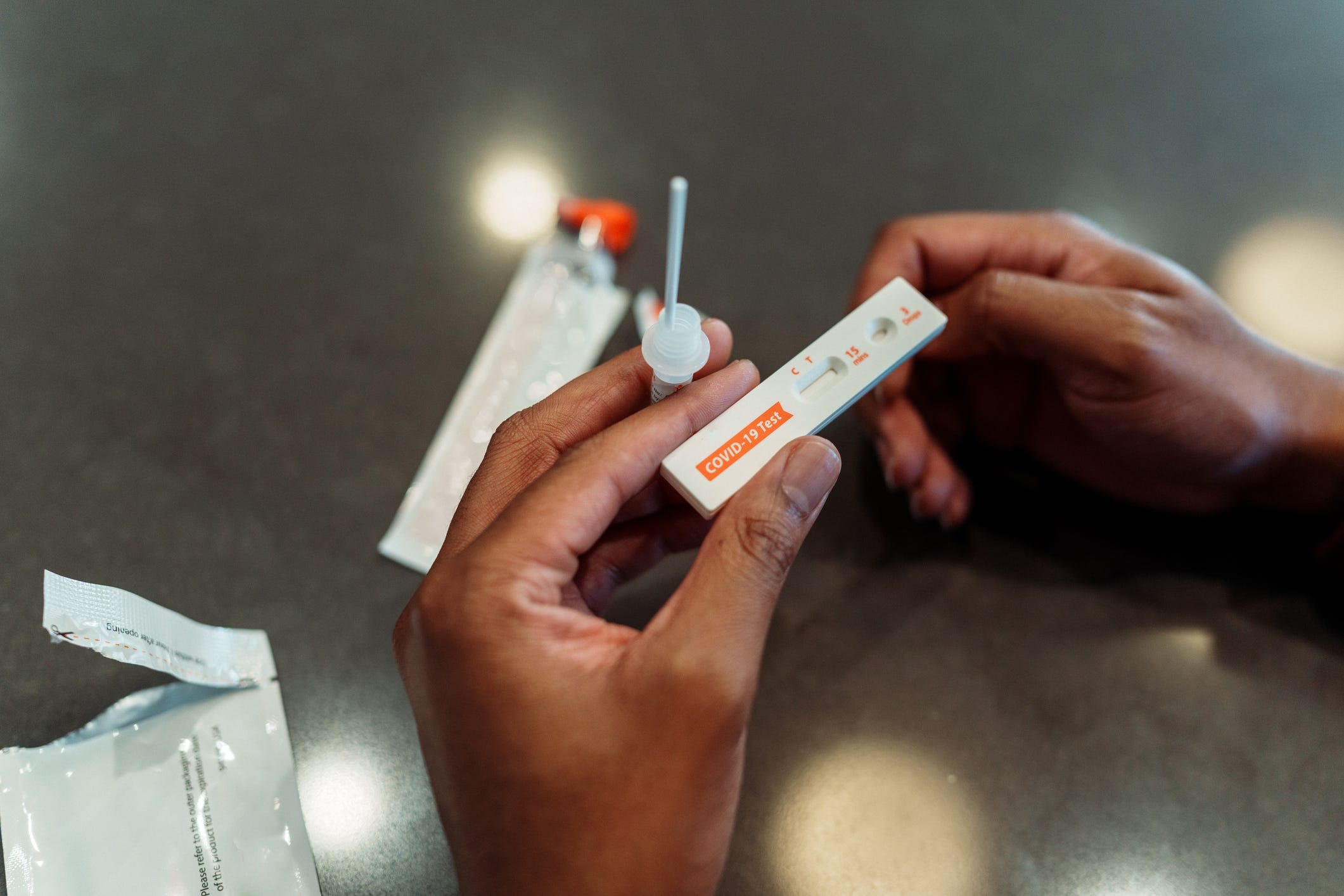
U.S. Government Suspends Free At-Home COVID Test Program After Five Years
Five years after the World Health Organization declared COVID-19 a global pandemic, the U.S. government has officially suspended its program providing free at-home COVID-19 tests to American households. The Administration for Strategic Preparedness and Response (ASPR), a division of the U.S. Department of Health and Human Services (HHS), ceased accepting orders through the covidtests.gov website on Sunday, marking a significant shift in the nation’s approach to managing the virus.
Visitors to the website are now greeted with a notice stating, "The free at-home COVID-19 test distribution program is not currently accepting orders." The notice assured users that orders placed before 8 p.m. ET on Sunday, March 9, 2025, would still be fulfilled and shipped. The U.S. Postal Service (USPS) website, which facilitated the shipping of the tests, echoes this message, confirming that ordering through the program has been suspended as of the same date.
The program, which launched in late 2021, allowed American households to order free at-home COVID-19 tests online, with the tests shipped directly to their doorsteps at no cost via the USPS. Over the past several years, the program has been a vital resource for Americans seeking to quickly and easily determine if they were infected with the virus, enabling them to take appropriate precautions to protect themselves and others.
The availability of free at-home tests through the government program has been intermittent. The program had been previously suspended in March 2024 before being reinstated in September with a new offer of four free tests per household. This cyclical nature has left many wondering whether the current suspension is a temporary pause or a more permanent cessation of the program. As of now, the ASPR has not clarified the status of the program, leaving the public in uncertainty.
The USPS landing page for the program now directs users back to covidtests.gov for information on other free COVID-19 testing options. However, the government website provides only limited assistance, primarily advising individuals on where to purchase tests at retail locations. The website states, "At-home COVID-19 tests are sold at pharmacies, grocery stores, and many other retailers nationwide." The HHS has not yet responded to requests for comment regarding the suspension or future plans for COVID-19 testing accessibility.
The suspension of the free test program comes shortly after the Washington Post reported that the previous administration had initially intended to shut down the program and potentially dispose of or destroy a substantial stockpile of unexpired tests, valued at over half a billion dollars. However, this decision was reversed at the last minute. According to reports, Human Services spokesman Andrew Nixon stated that the program would remain open for the time being and that unexpired tests would not be destroyed.
Nixon’s statement acknowledged the decreasing COVID-19 infection rates following the winter peak and indicated ongoing discussions regarding the program’s future. "With COVID-19 infections decreasing after a winter peak, we are in the process of regular discussions on closing this round of the COVID-19 test ordering program. At this point, the program is still open, and we will share additional updates as needed," Nixon said.
By October 2024, the ASPR, in collaboration with the USPS, had successfully distributed over 900 million tests directly to U.S. households through covidtests.gov. In addition to the direct-to-consumer distribution, millions more tests were provided to community centers, including nursing homes, libraries, local health departments, and food banks, ensuring access for vulnerable populations.
The end of the free at-home test program means that individuals will now have to purchase tests themselves. COVID antigen tests typically cost between $12 and $35 for a pack of two at pharmacies and retail locations. PCR testing, which is generally performed by a medical professional, can be significantly more expensive, depending on insurance coverage.
Despite the suspension of the at-home test program, other avenues for free testing remain available. The Centers for Disease Control and Prevention (CDC) continues to offer free testing for uninsured adults who have symptoms of COVID-19 or have been exposed to the virus through the Increasing Community Access to Testing, Treatment and Response (ICATT) program.
Approximately 10,000 ICATT sites across the country provide testing and disease surveillance in non-emergency situations to uninsured individuals. Additionally, over 19,000 locations are offering no-cost COVID-19 vaccines under the CDC Bridge Access program.
Individuals can find a list of free COVID-19 testing sites on the COVID-19 Testing Locator website, while locations offering free vaccines can be found at vaccines.gov.
Furthermore, some insurance plans cover the full cost of COVID-19 tests. Individuals can check their eligibility and order insurance-covered tests through pharmacies like Walgreens and CVS.
Many state, county, and city health departments also continue to operate free or low-cost testing sites at community locations such as churches, recreation centers, and schools. Individuals are encouraged to check their local health department websites and social media channels or contact them directly to inquire about accessible testing options.
The suspension of the free at-home COVID-19 test program marks a significant shift in the government’s approach to managing the virus. While alternative free testing options and insurance coverage may be available to some, the end of the readily accessible at-home test program could pose challenges for individuals, especially those with limited resources or access to healthcare. The long-term impact of this decision on public health and the ongoing management of COVID-19 remains to be seen.
